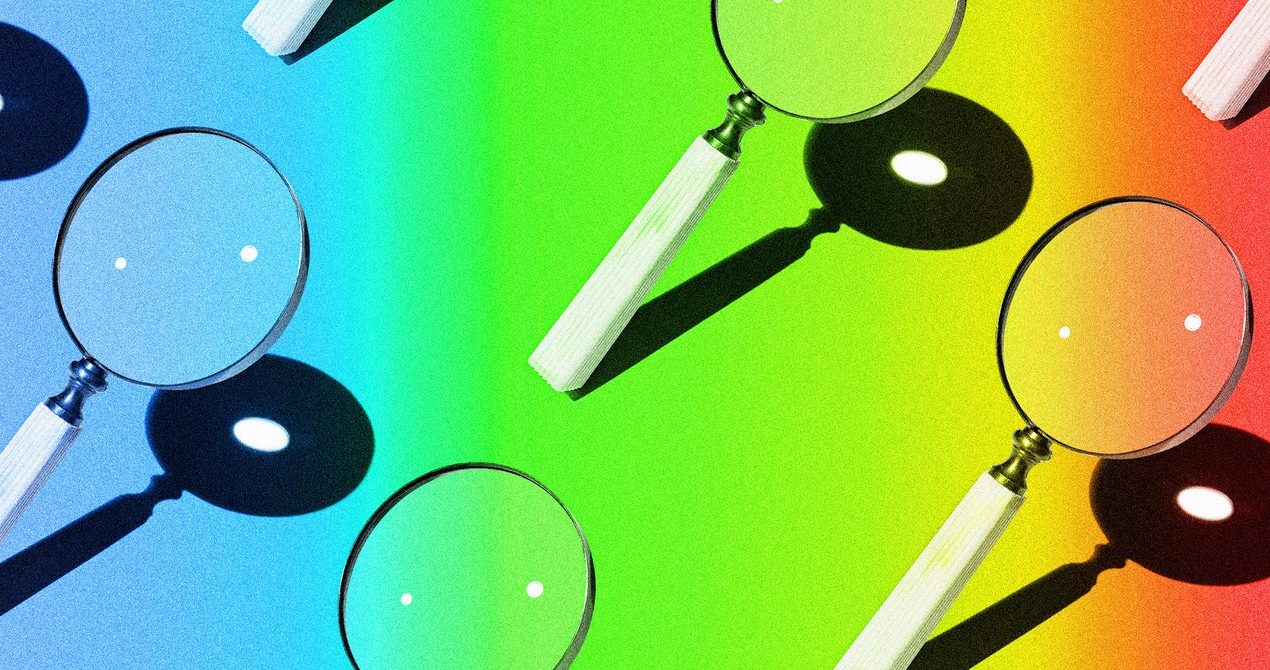In recent years Google has used the word “helpful” to describe new features added to its search product, its voice assistant, its generative AI tool Bard, even its Pixel earbuds. A keyword-search for the word “helpful” in Google’s own corporate news blog brings up more than 1,200 results.
Depending on what you’re searching for, though, Google’s main search service has become less helpful. To hear one columnist describe it, Google search is now a “tragedy” that is “bloated and overmonetized.” The Financial Times notes that it’s “cluttered with adverts”—less encyclopedia, more Yellow Pages. One prominent ex-Googler blames the lowered quality of Google search on the degradation of the web itself—not explicitly Google, which still offers the world’s information for free at our fingertips. And one recent study of product reviews results shows that, despite indications of lower quality results across search, Google actually performs better than some of its competitors.
But it doesn’t take a group of researchers or the credentials of a top technologist to run a quick Google search and notice that the first few results, at least, are ads, with more clutter appearing below the digital fold.
Google, like other tech giants, now sees generative AI as a tool for streamlining and expediting search and is now straddling the fine line between making search genuinely smarter and further mucking up its already overstuffed user interface. Its latest announcements around generative AI on mobile search are part of that experiment: Is it possible to make Google search more convenient, more accessible, even if the company is still committed to the same ad strategy?
Later this month, high-end Android phones—Google’s own Pixel 8 and Pixel 8 Pro along with Samsung’s brand-new Galaxy S24 phones—will get a few new AI features that integrate search (and Google Lens, the company’s image-recognition app) directly into other apps on the phone. One of those features is called Circle to Search, which lets you use touch to select images, text, or videos within an app and run a quick search in an overlay that appears at the bottom of the screen.
An example Google gave in an early demo was a text-message exchange between friends, where one friend suggested a restaurant and the other was able to Circle to Search it and pull up results for the restaurant without leaving the text app. Another use case would be pausing and Circling a product you spot in an Instagram video and running a search for that product, again all within the same app display.
Courtesy of Google
Both of these use cases are examples of a certain efficiency in search—a kind of helpfulness, if you will—because they allow the user to run searches without switching between apps. But they also present obvious commerce opportunities (which is often what Lens is used for, in addition to nature-spotting), which means they’re good for Google’s ad business. Google confirmed that Search and Shopping ads will continue to appear in dedicated ad slots in the results page. Given that the search overlay will only take up a fraction of your mobile display, if the results are ads it could quickly end up being more frustrating than efficient.
That’s where generative AI comes in: A summarized response might make more sense on limited screen real estate, rather than a series of links. Google’s new AI-powered multi-search function does something similar to Circle to Search, just with a different input. When you use Google Lens now—the visual search option within the Google mobile app—by pointing your phone at an object, the results will include “AI-powered insights” in addition to the search results you’d already expect.
Source




